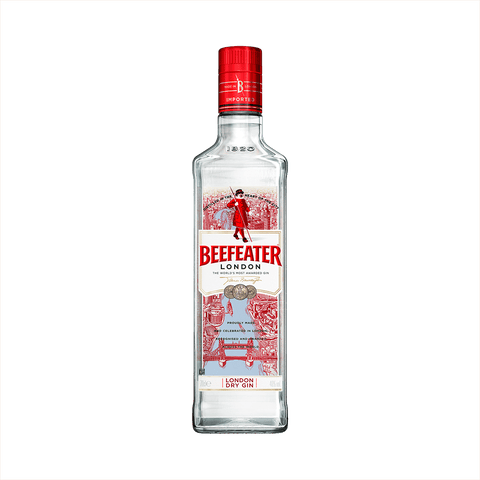

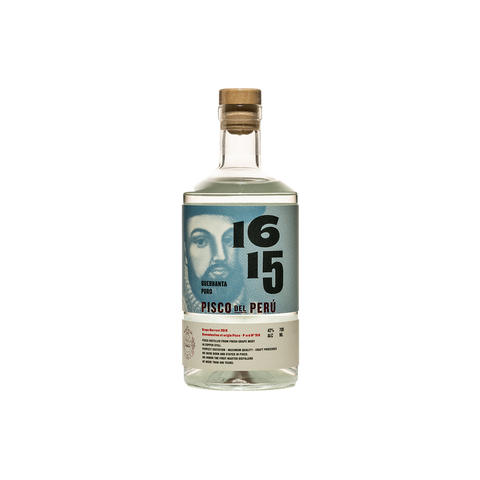
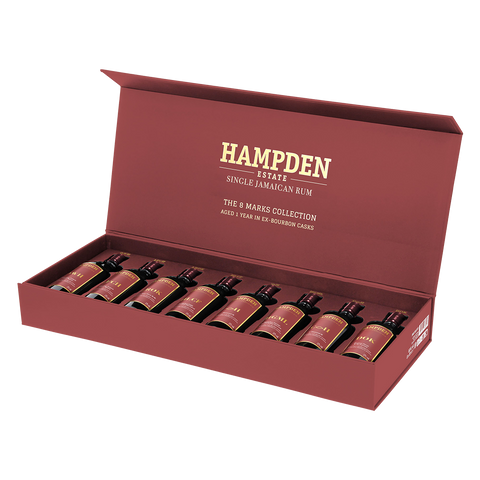


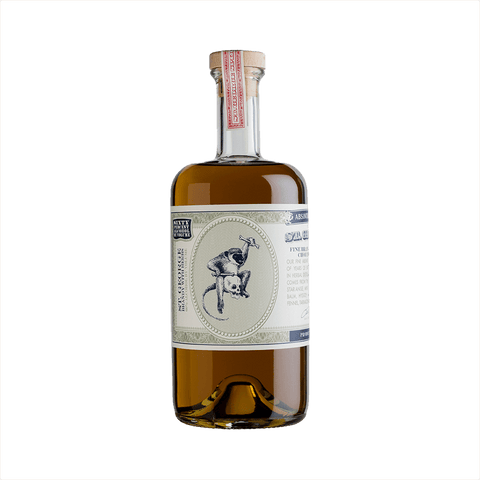
No spirit is more storied than absinthe. The "green fairy" has been a fixture of European literature since the 1700s. From Ernest Hemingway to Lewis Carroll, it has inspired, tickled, and pleased many an adventurous drinker looking to explore its unique flavor in cocktails and concoctions. Give these bottles a try to take your cocktailing to a new place.
Absinthe is a highly alcoholic spirit (45-74% ABV) distilled from botanicals like grande wormwood, green anise, and florence fennel. Nicknamed 'the Green Fairy', its anise flavor and emerald hue caused a stir in 19th century France and beyond.
Traditionally bottled without added sugar, it develops a louche effect when water is added - the liquid turns cloudy as essential oils precipitate. It originated in Switzerland in the late 1700s and rose to popularity through the Belle Époque period in France.
There are a few main styles of absinthe distinguished by their production method:
Based on the varieties of botanicals used, absinthe flavors can range from floral and herbal to spicy, citrusy or earthy. Common descriptors include licorice, vermouth, mint, coriander, parsley, fennel and black pepper.
Authentic absinthe begins by distilling neutral alcohol from grapes or grains. The neutral spirit gets flavored through distillation or maceration of herbs.
Botanicals like wormwood, green anise, fennel and often coriander, give it its characteristic licorice flavor. Other herbs add complexity like hyssop, lemon balm, tarragon and petite wormwood. Distilled absinthe involves two steps. First, the herbs soak in neutral spirits, then distill it again with more herbs. This double distillation concentrates the deep, complex herbal essence. For cold mixed absinthe, botanical essences are extracted through distillation, then blended into a neutral spirit. Quality cold mixed absinthes use the same herbs as distilled but without a second distillation. Finally, some absinthes get aged in oak barrels or casks, acquiring subtle tannins and oxidized 'rancio' notes that enhance the woody, earthy flavors. Bottling proof typically ranges from 45 to 74% ABV. Sugar is not added.
Absinthe should be enjoyed slowly and deliberately as a meditative experience. The traditional French method involves pouring 1-5 parts cold water into a glass with 1 part absinthe. The water unlocks aromas and flavors as the drink louches.
Higher quality absinthe warrants drinking slowly diluted with water. But simple granite distilled absinthes can work well in cocktails in place of other anise liqueurs like pastis or ouzo. Sip it slowly to experience its spectrum of herbaceous, floral and spicy flavors. Allowing the vegetal aromas to open up before each sip is an important part of the experience.
Nosing it, expect aromatic herbs, black licorice, fennel and pine. The flavor evolves remarkably with water from spirity and burning to mellow green fruit, mint, coriander, vermouth and lingering numbing phenols.
A good absinthe coats the tongue before fading to black pepper and lemon on the finish. Its natural color ranges from cloudy white to amber red and bright emerald green depending on the botanicals. Diluting with ice water transforms its stark green into an opalescent pastel louche. Swirling unleashes floral, vegetal and cinnamon aromas for a complex nosing experience before sipping.
Explore some of our most interesting absinthe cocktails.
Absinthe's strong, bitter herbal taste commands respect in cocktails. Here are tips for using it effectively:
Absinthe originated in Couvet, Switzerland around 1792, home of Dr. Pierre Ordinaire, who created it as a digestif and health tonic using wormwood and other herbs.
Its anise flavor came from the addition of green anise, Florence fennel, and star anise. This gave absinthe its distinctive black licorice taste and opaque green color. It rose to popularity through the late 1800s Belle Époque period in France. Captivating artists and writers, it became a Bohemian symbol of creativity. By 1910, the Green Fairy had been demonized as a dangerous, addictive drug.
The temperance movement lobbied for its ban around 1915, accusing absinthe of psychedelic effects. This was likely overstated, as the high proof rather than wormwood caused inebriation. But vivid hallucinations captured in art fueled its mystic allure. Through the 20th century, bans persisted in Europe and the USA. There was a revival after quality standards and debunked myths allowed legal production again in the 1990s. Today, fine absinthes provide a nuanced herbal experience without reported psychotropic effects.
Curiada offers absinthes that capture the full experience of this legendary spirit. Get them delivered to your door in 1-7 days to explore a new world!

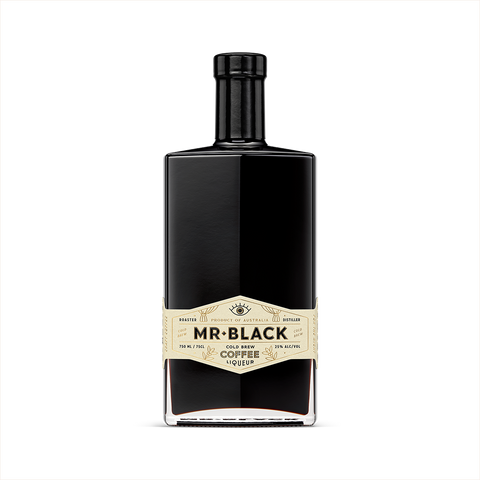


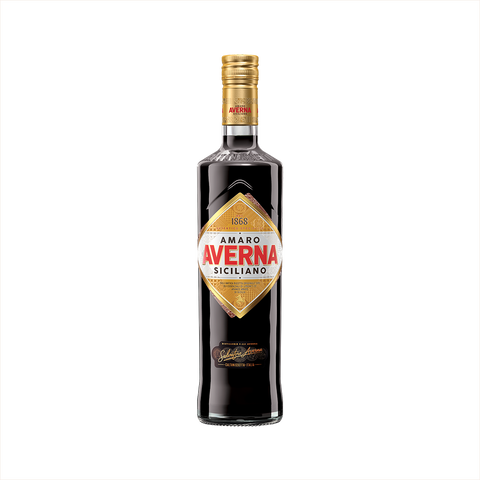
Amaro means bitter. Literally! It means bitter in Italian. And, for many of us, bitter, one of the five basic tastes, is not appealing on its surface. But, if I've learned anything from my coffee habit, bitter can be a delight, in and of itself, and the perfect complement to sweet to make wonderful concoctions, cocktail or otherwise. Explore what bitter can bring to your cocktails with Curiada's selection of amari.
Amaro is a bitter Italian herbal liqueur, usually containing 20-35% ABV. The name means "bitter" in Italian. It dates back centuries as a digestive aid, with each brand featuring its own blend of botanicals, roots, and spices.
Traditional amari offer a complex medley of bitter flavours, followed by nutty, earthy sweetness. They are classified as bitters but often approach sweet vermouth in profile. Popular brands include Averna, Ramazzotti, and Fernet-Branca.
There are several distinct styles of amaro defined by their flavor profiles and ingredients:
Each brand closely guards their secret recipe, but production follows a similar process:
Neutral spirit is distilled from fermented grain or grapes. Various herbs, roots, peels, flowers, nuts and spices are macerated in the spirit to extract flavors and aroma compounds.
Common botanicals include gentian, rhubarb, chamomile, saffron, ginger, quinine, star anise, peppermint, myrrh, bitter orange peel and cinnamon. The ingredients macerate in neutral spirit for weeks to extract maximum flavor. The infused spirit gets combined with caramel coloring, sugar syrup and often grape spirit or wine before dilution with water to bottling strength of 20-35% ABV. Finally it is aged in steel or oak barrels for additional smoothing and maturation.
Amari shine when consumed neat at room temperature or over ice as an after dinner digestif. Savoring slowly allows their layers to unfold. The bitterness stimulates digestion while the sweetness provides balance.
In cocktails, amaro's herbal complexity enhances whiskey or gin. Only a small amount is needed in the recipe to provide intrigue. Sweeter fruit-forward amari also work well in place of vermouth in classics like the Negroni or Manhattan.
When served at room temperature, aromas of anise, licorice, mint, herbs, nuts and caramel rise from the glass. The first sip leads with strong bitterness that fades into aromatics of flowers, fruits, then lingering earthy sweetness.
Texture is light to medium viscosity. Most amari add caramel for a rich amber to chocolate brown color. But traditional mountain styles remain clear. As with any spirit, tasting amaro slowly allows its evolving layers to emerge. Bitterness stimulates saliva to awaken tastebuds for the sweet, complex midpalate and finish.
Explore our favorite amaro cocktail recipes.
Amaro's herbal bitterness enhances so many classic cocktails. Here are tips for using it:
Monks and apothecaries across Italy and France developed digestive liqueurs made from local alpine herbs as early as the 11th century. Each monastery secretly guarded their recipe.
These early digestifs were lower in alcohol and straight bitter medicinal infusions taken by the spoonful. The first commercial aromatized wine-based amari emerged in the 1800s. Northern Italian brands like Fernet-Branca, Braulio and Cynar led the way alongside southern styles including Averna and Amaro Lucano. Many popular brands we enjoy today launched in the mid 1800s.
Post-war aperitif culture in the 1960s took advantage of amari's bitterness. Cocktails like the Negroni and Americano rose to prominence and gave amaro a starring role, which still shines brightly today.
We focus on sourcing the very best classic Italian brands alongside creative contemporary amari from Italy and beyond. We highlight how unique botanical blends impart specific aromas that invite exploration. You'll discover renowned bottles like Nonino Quintessentia alongside unique, micro-production amari that bring something truly unforgetable to cocktails.
Dive into the wonderful world of amaro with Curiada delivery to your door in 1-7 days.
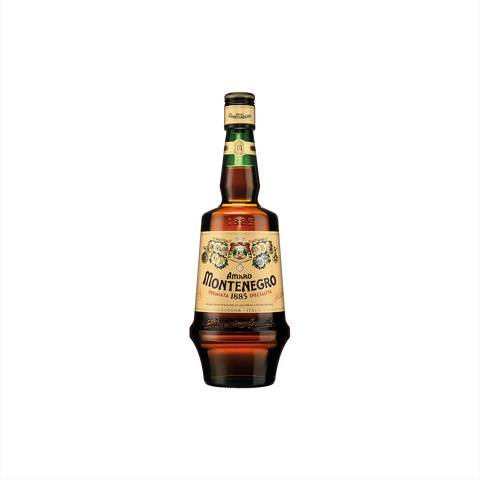
Amaro Montenegro is an unparalleled enclave of taste and tradition, a true symbol of Italy's rich heritage of producing inspired liqueurs. The brand strikes a harmonious balance between its sweet, bitter, and citrusy profile, intricately assembled from forty world-sourced botanicals.
Amaro Montenegro is a renowned Italian liqueur, produced in Bologna, Italy. Its uniqueness lies in its distinctive blend of forty botanical ingredients, painstakingly sourced from across the globe. The ingredients are meticulously processed to extract their flavors, creating an aromatic, herbaceous, and bittersweet liqueur. Used both as a digestif and a cocktail ingredient, Amaro Montenegro has gained international fame for its superb versatility and distinctive flavor profile.
Amaro Montenegro has a rich history that dates back to 1885 when it was first crafted by Stanislao Cobianchi in his small Bologna-based laboratory. Named in honor of the second queen of Italy, Elena of Montenegro, the liqueur quickly gained recognition across Italy, becoming a symbol of Italian craftsmanship. Even today, this iconic brand continues to uphold its century-old recipe, which has been passed down through generations, weaving a tale of tradition and meticulous craftsmanship. This enduring connection to its roots has made Amaro Montenegro a beacon of Italian heritage, fervor, and dedication to quality.
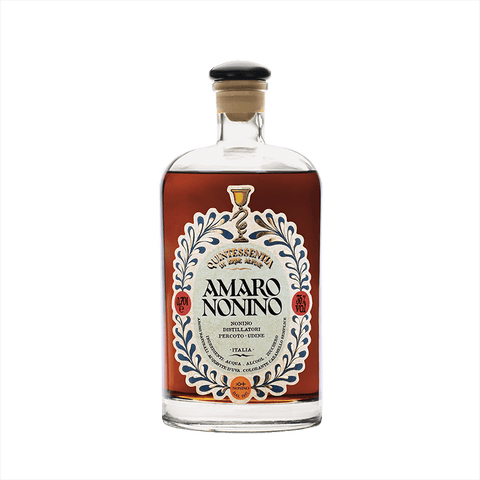

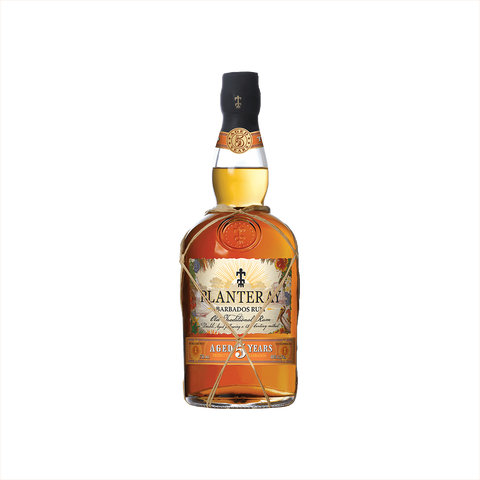


Kits feature a fantastic original cocktail recipe created by an industry-renowned bartender, delivering a complete cocktail experience with the specialty ingredients you need—syrups bitters, garnishes, aromatics, and more—included. Plus a full-size bottle of the selected kit’s recommended spirit!
The bartender creators are regular winners of Tales of the Cocktail’s Spirited Awards, spots on the World’s 50 Best Bars list, and even competitors in the first season of Netflix’s Drink Masters! Not to mention cocktail book authors, accredited spirits experts, world travelers, and TV stars.
Kits and spirits ship separately.

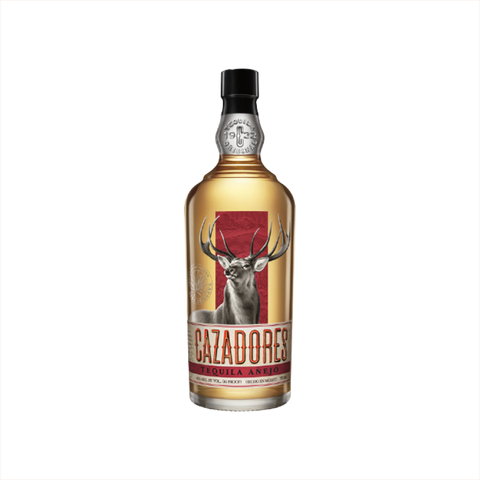
Tequila aged for at least one year (but less than three years) in oak barrels is classified as Añejo. This extended aging process imparts a rich amber color and complex flavors to the spirit, often featuring notes of vanilla, caramel, and spices. Añejo tequilas are prized for their smooth, mellow character and are typically enjoyed neat or on the rocks to fully appreciate their nuanced flavor profile.
Añejo tequila stands out from its siblings thanks to its extended aging process, spending at least one year (but less than three) in oak barrels. This prolonged rest imparts a rich, complex flavor profile with notes of vanilla, caramel, and spices, while still maintaining the distinctive agave character. The result is a smooth, sippable spirit that bridges the gap between the bright, vegetal notes of younger tequilas and the intense woodiness of extra añejo expressions.
Añejo is best enjoyed neat or on the rocks to fully appreciate its complex flavors developed during aging. While it can be used in cocktails, many enthusiasts prefer to sip it slowly, savoring the nuanced notes of oak, vanilla, and spice. When mixed, Añejo shines in spirit-forward cocktails like Old Fashioneds, Manhattans, or even as a luxurious base for a Mai Tai, adding depth and richness to these classic drinks.
Dark rum and its cocktails are perfect for cozy autumn evenings, winter gatherings, or as a nightcap after a special dinner. The warm, rich flavors of Añejo make it an excellent choice for holiday celebrations, intimate fireside chats, or any occasion that calls for a sophisticated, flavorful spirit.
When selecting an Añejo tequila, look for bottles aged between one and three years in oak barrels, which impart rich flavors of vanilla, caramel, and spice. For sipping, opt for premium brands with smooth, complex profiles, while mixing cocktails allows for more flexibility—choose a robust Añejo that can stand up to other ingredients without getting lost. Consider your personal taste preferences and intended use to find an Añejo that suits your palate and purpose.
Añejo tequila starts life as a regular tequila, distilled from blue agave plants. It's then aged in oak barrels for at least one year, but typically no more than three years. This aging process gives Añejo its distinctive amber color and rich, complex flavor profile with notes of vanilla, caramel, and spices.
Typical Calorie Range per Ounce: 65-70 calories
Typical Carbohydrate Range per Ounce: 0 grams
Typical Sugar Range per Ounce: 0 grams
Typically Gluten Free: Yes
While añejo tequila is typically gluten-free, it's always best to check the specific product label or contact the manufacturer to confirm, especially if you have celiac disease or gluten sensitivity. Some tequilas may be produced in facilities that also process gluten-containing products, so it's important to verify the gluten-free status of each individual brand.
Gift message (optional)